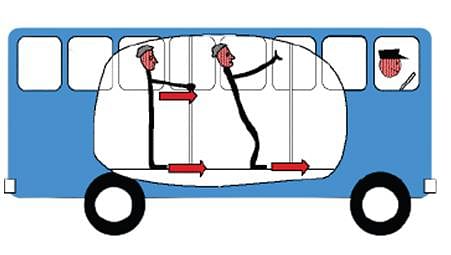Test: Newton’s First Law of Motion - JEE MCQ
10 Questions MCQ Test - Test: Newton’s First Law of Motion
A car of mass 1000 kg is moving at a velocity of 20 m/s. Suddenly, the driver applies the brakes, and the car comes to a stop in 4 seconds. What is the magnitude of the average force exerted by the brakes on the car? (Assume no external forces are acting on the car)
A block of mass 2 kg is initially at rest on a frictionless horizontal surface. A force of 8 N is applied to the block horizontally for 5 seconds. What is the final velocity of the block?
| 1 Crore+ students have signed up on EduRev. Have you? Download the App |
Two masses are in the ratio 1:5. What is ratio of their inertia?
A 6 kg object is subject to three forces
F1 = 20i + 30j N
F2 = 8i - 50j N
F3 = 2i + 2j N
Find the acceleration of object.
A body of mass 2kg is sliding with a constant velocity of 4m/s on a frictionless horizontal table. The net force required to keep the body moving with the same velocity is
An object of mass 5 kg is initially moving with a velocity of 10 m/s. An unbalanced force of 30 N is applied to the object in the opposite direction of its motion. Calculate the acceleration of the object.
Passengers in a bus lean forward as bus suddenly stops. This is due to
A particle of mass 'm' original at rest, is subjected to a force whose direction is constant but whose magnitude varies with according to the relation

Where F0 and T are constant.
Then speed of the particle after a time 2T is:
























